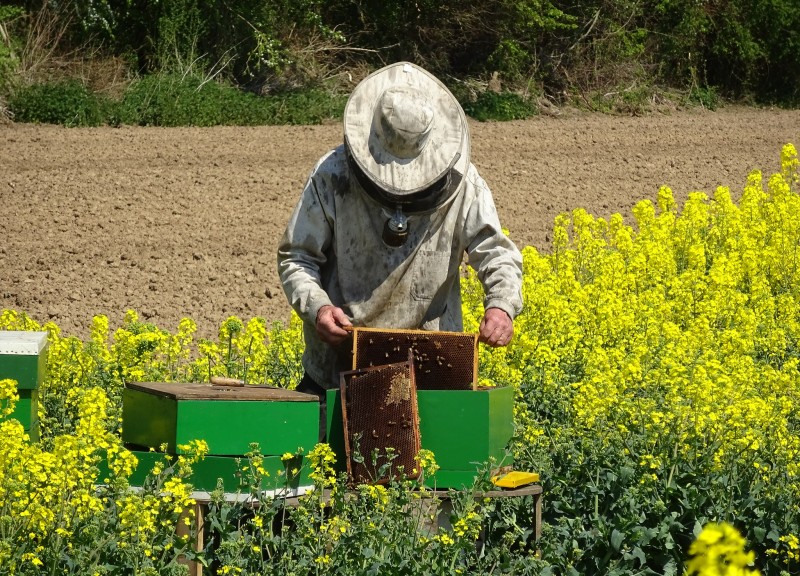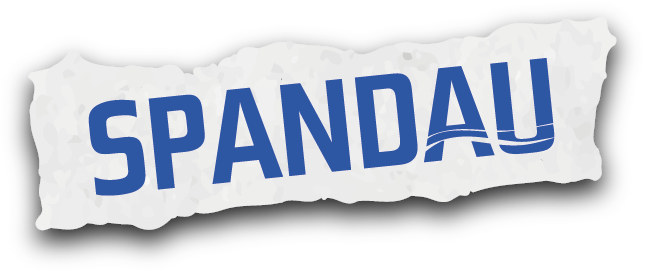Beekeeping in Spandau
-
 Imker Feld / Foto: Bylerward, Wikimedia Commons
Imker Feld / Foto: Bylerward, Wikimedia Commons
Spandau’s buzzing! Whether on the roof of the Arcaden shopping centre or at the Citadel, urban beekeeping goes on in many places here.
It was a Spandauer who discovered the pollination of flowers by insects in the 18th century. For his sensational discovery, the botanist and teacher Christian Konrad Sprengel earned nothing but scorn and mockery during his lifetime. It was many years until Charles Darwin recognised its immense importance.
The Spandau beekeeping association was founded in 1900 and currently has 95 members. About 150 apiarists are active around the borough. You can learn beekeeping from scratch at the association’s training hives behind the forest warden’s station in Gatow. In addition to chestnut and acacia honey, Spandau’s bees mainly produce mixed honey.
Thanks to Spandau’s rich flora, pollen from more than 60 different plants is often found in it. The living conditions for urban bees are more favourable than for their country cousins: the average temperature is higher and the range of plants is more diverse. Even schoolchildren harvest honey in Spandau, where several schools keep their own hives.
At a glance
Where to buy honey
- From the Tourist Information Office at the Gothic House
- From members of the Spandau beekeeping association
- From the association’s stand every second Friday at the market in Spandau’s old town
- From the information desk on the ground floor of the Spandau Arcaden shopping centre
- At the Brauhaus Spandau
- From the museum shop at the Citadel
Website Spandau beekeeping association: www.imkerverein-spandau.de
